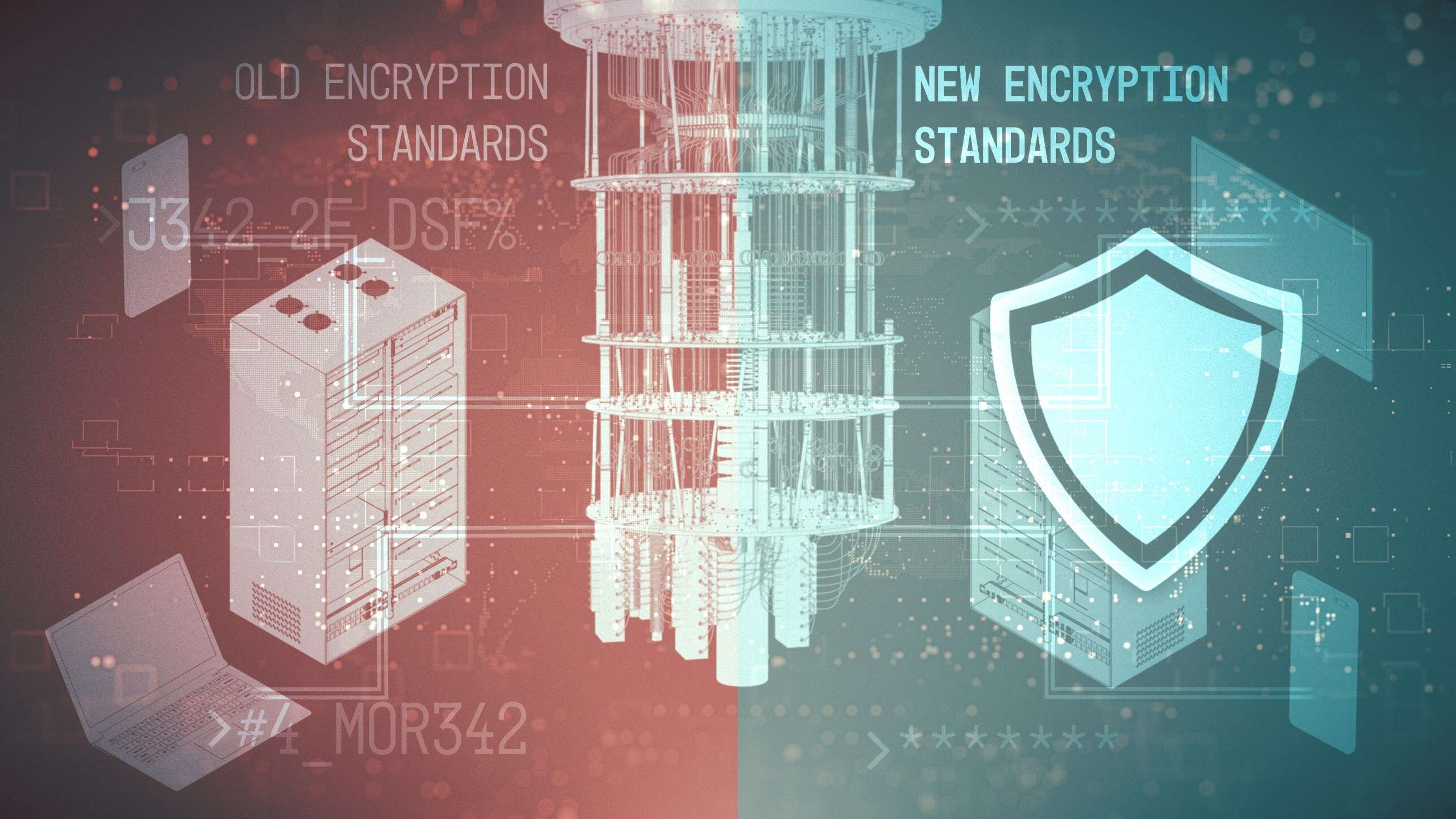Quantum Resistant Algorithmic Standards Announced
This week marks a pivotal moment in the recent history of cryptography. The long-awaited standards for quantum-resistant cryptography have been announced by NIST.
As of August 13th, the standards FIPS 203, FIPS 204, and FIPS 205 are now available on the NIST Computer Security Resource Center website: https://csrc.nist.gov .
This announcement is the culmination of an almost eight-year-long process that began in December 2016. Over the course of these years, more than 80 algorithms were submitted and evaluated. Last week’s announcement finalized the selection, leaving us with only three:
From a mathematical perspective, only Module-Lattice and Hash-based approaches made it into the standards. Other sophisticated mathematical methods, such as Isogeny, Multivariate Quadratic, and Code-Based approaches, did not reach the final selection.
- Module-Lattice-Based Key-Encapsulation Mechanism Standard (FIPS 203)
- Module-Lattice-Based Digital Signature Standard (FIPS 204)
- Stateless Hash-Based Digital Signature Standard (FIPS 205)
This is a significant milestone for the quantum-resistant technology community and marks a turning point in the broader cybersecurity landscape.
At Quantum B, we are thrilled to announce that we have already implemented the Module-Lattice-Based Digital Signatures (known as Dilithium) in our Quantum-Resistant Blockchain using an innovative Rust-based implementation (see here). Additionally, we have integrated the Module-Lattice-Based Key-Encapsulation Mechanism (known as KYBER) in our pQKD system (details here).
Our work is comprehensively summarized here: https://www.quantumblockchains.io/pqc-algorithms/.
Stay tuned as we continue to advance higher-security approaches.


Leave a Reply